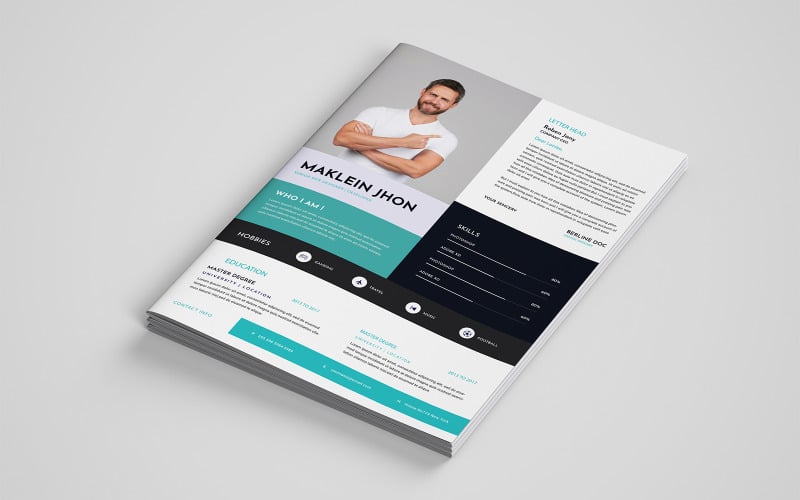In the world of SEO, quality backlinks are essential for ranking well and building your website’s authority. But what happens when your backlink profile includes bad or toxic backlinks? These low-quality links can harm your rankings and even cause search engine penalties. The good news is that you can recover and improve your backlink profile with the right strategy.
In this article, we’ll discuss how to identify bad backlinks, how they impact your SEO, and step-by-step methods to clean up your link profile for better SEO health.
What Are Bad Backlinks?
Bad backlinks come from spammy, irrelevant, or low-authority websites. They often look unnatural and are sometimes created through black-hat SEO techniques such as link farms, paid link schemes, or automated link-building tools.
Signs of Bad Backlinks:
- Links from sites with low or zero domain authority
- Backlinks from irrelevant or unrelated websites
- Links buried in footers, sidebars, or comment spam
- Excessive reciprocal or paid links
- Links from websites flagged by Google as spammy
How Bad Backlinks Affect Your SEO
Google’s algorithms, especially Penguin, penalize sites with unnatural or spammy backlink profiles. Effects of bad backlinks include:
- Ranking drops: Your website’s position on search results may fall.
- Loss of trust: Search engines may see your site as less trustworthy.
- Manual penalties: Google can impose manual penalties requiring urgent action.
- Reduced referral traffic: Spammy links usually don’t drive quality visitors.
Step 1: Identify Bad Backlinks
Begin by auditing your backlink profile using SEO tools:
- Google Search Console: Provides a free list of backlinks.
- Ahrefs or SEMrush: Offer detailed reports on link quality, anchor text, and toxic links.
- Moz Link Explorer: Helps check domain authority and link spam score.
Look for patterns like links from low-authority domains, irrelevant sites, or unusual anchor text.
Step 2: Contact Webmasters to Remove Links
For the worst backlinks, try to get them removed:
- Identify the webmaster’s contact info using WHOIS lookup or website contact pages.
- Send a polite removal request explaining why the link harms your site.
- Keep records of your outreach attempts.
Removal isn’t guaranteed, but many webmasters cooperate if you explain the issue professionally.
Step 3: Disavow Toxic Backlinks
If removal isn’t possible, use Google’s Disavow Tool to tell Google to ignore certain backlinks when evaluating your site.
How to disavow links:
- Create a text file listing URLs or domains to disavow.
- Upload it via Google Search Console’s disavow tool.
- Monitor your site’s ranking and backlink profile after submission.
Note: Use disavow carefully; improper use can hurt your SEO further. Only disavow links you are confident are harmful.
Step 4: Build New Quality Backlinks
After cleaning up your profile, focus on acquiring fresh, high-quality backlinks:
- Publish valuable content to attract natural links.
- Guest post on reputable sites in your niche.
- Collaborate with influencers and bloggers.
- Participate in local directories or industry associations.
A strong backlink profile with authoritative and relevant links will improve your site’s SEO health and rankings.
Step 5: Monitor Your Backlink Profile Regularly
SEO is an ongoing process. Regularly check your backlink profile to:
- Detect new bad backlinks early.
- Track progress on backlink removal and disavow efforts.
- Ensure your new backlinks are of high quality.
Use SEO tools like Ahrefs, SEMrush, or Google Search Console to automate monitoring.
Common Mistakes to Avoid
- Ignoring bad backlinks: Waiting too long can worsen penalties.
- Disavowing without audit: Disavowing good backlinks by mistake can harm your site.
- Buying backlinks: Avoid shortcuts; low-quality purchased links risk penalties.
- Neglecting content quality: Backlinks alone won’t save weak or irrelevant content.
Conclusion
Bad backlinks can seriously harm your website’s SEO, but with the right approach, you can recover and build a healthier link profile. Start by identifying toxic links, request removals, use Google’s disavow tool wisely, and focus on earning quality backlinks.
Regular monitoring and continuous improvement are key to maintaining a strong backlink profile that supports long-term SEO success.


